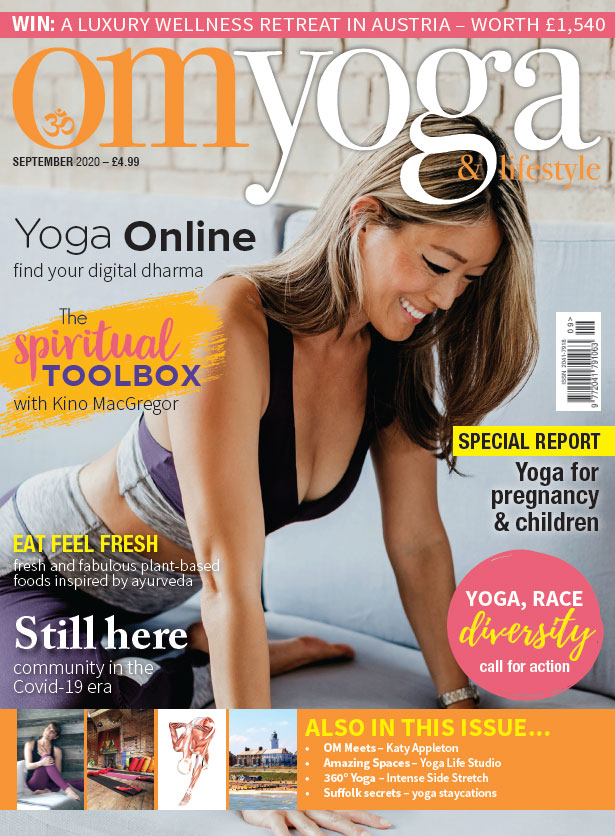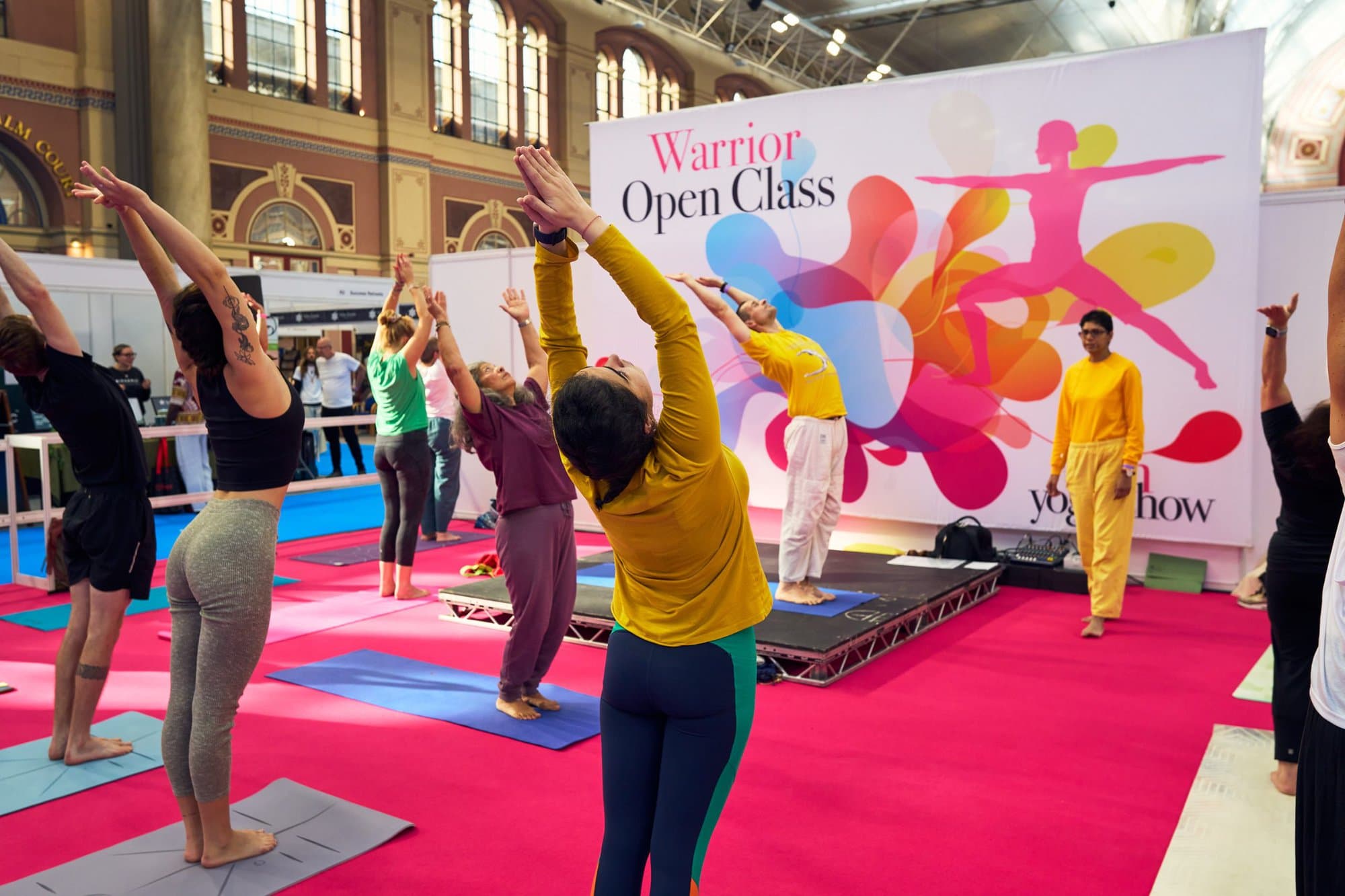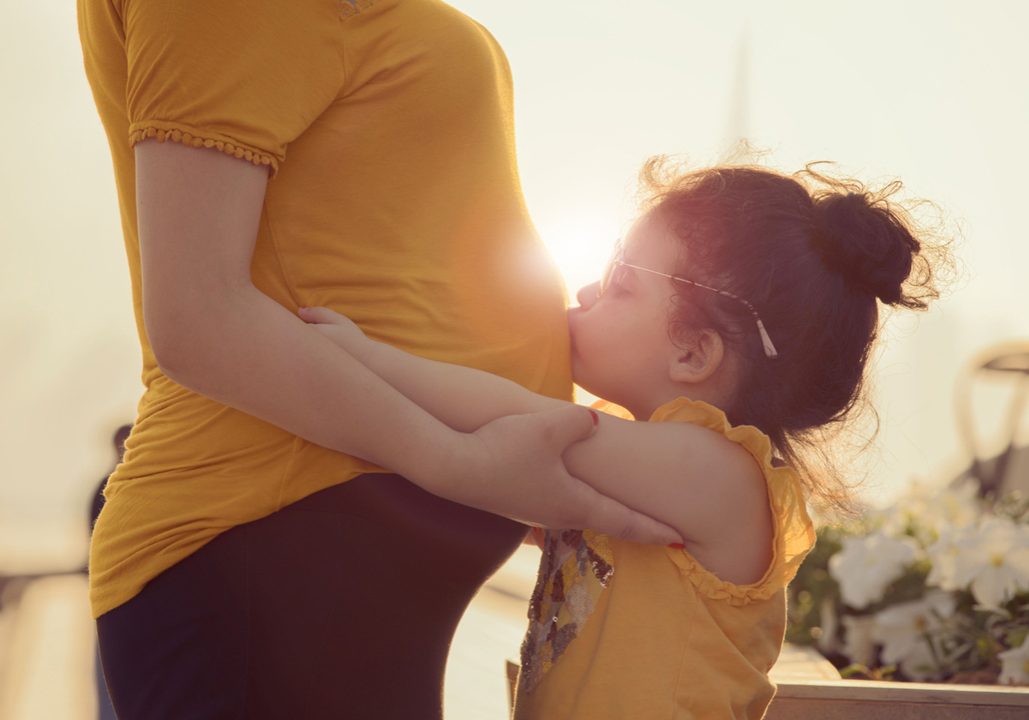
Special Report: Yoga for Pregnancy & Children
Read on for our special report on yoga for mums-to-be and children
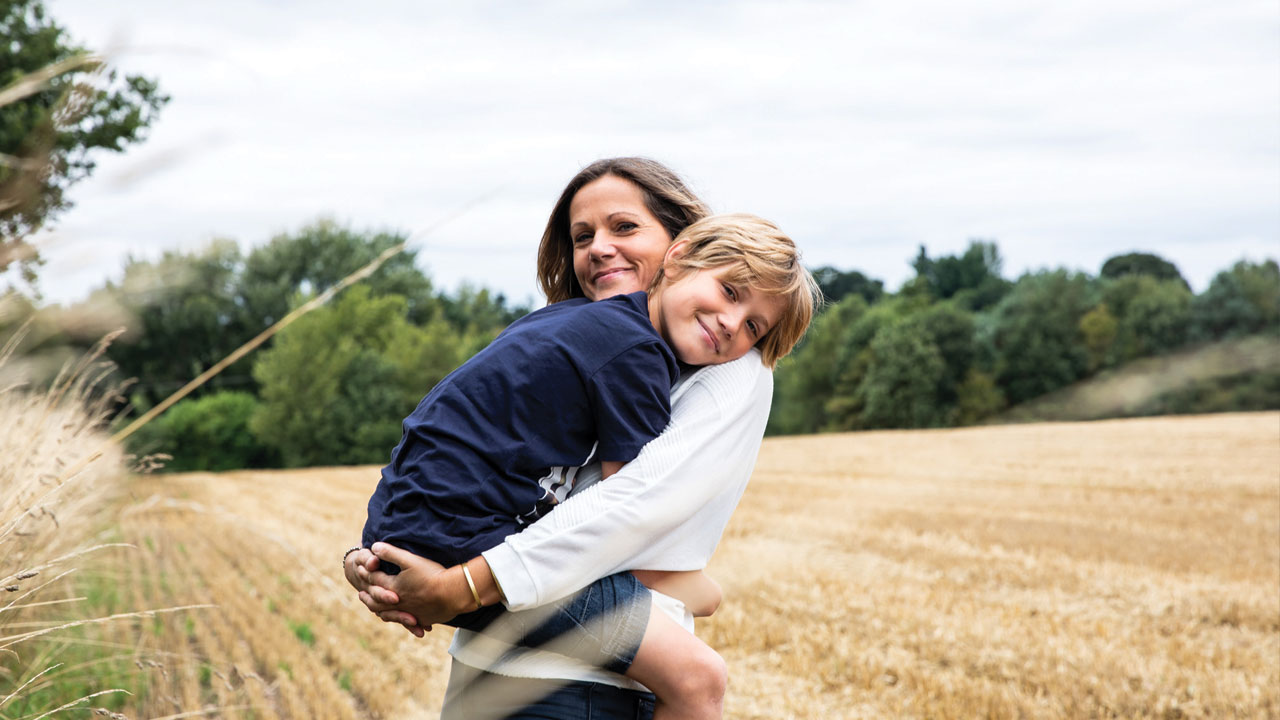
Top tips for calmer kids... and parents!
Jackie Heffer-Cooke, founder of Zen Muma and ZenKids Teacher Training gives you some top tricks and techniques on how to stay calm in an ever-changing world
Being mindful that some of us will have had very challenging and distressing situations over the last few months, let’s just ponder on what ‘normal’ family life might have looked like over that period. What has been the biggest challenge?
Anxiety over social distancing? Nightmares about a strange pandemic? Or trying to haul your kids off their screens? Probably a mix of them all, with the last one perhaps, in a majority setting, tipping the scale.
We know everyone’s experiences of what has been happening will be vastly different, but of course vastly the same.
In March and April, it’s possible life felt different to now. Children were hearing the news and reacting and responding to a stressful situation, whereas perhaps boredom and lack of social interaction is the main issue of our present day. Of course, the parent’s situation will be a massive factor in response to the change in home climate. A house with parents off work and no financial pressure is going to feel very different to a house where both parents are trying to work full time, or a house where both parents have lost their income.
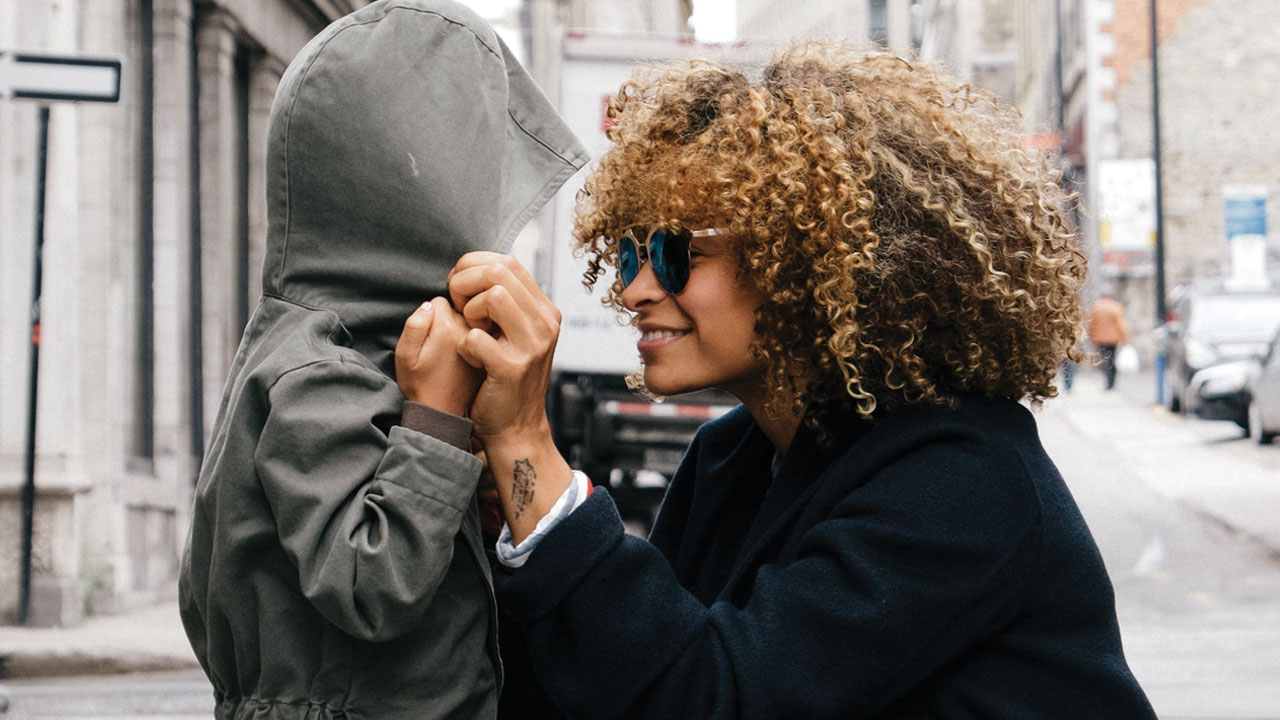
The human touch
Screen time has its uses, especially during a lockdown, but nothing beats the power of genuine human connection in building strong family bonds. By Gopala Amir Yaffa, founder of Rainbow Kids Yoga
What is the first thing you do every morning when you open your eyes? Is it looking at your smartphone, iPhone or i-Something? If it is, you might want to read more...
A few years ago, when Oli, our son, was eight years old, he had a dream. In his dream, he was swimming in the ocean and was chased by a shark who turned into a crocodile who then morphed into a monster. As he was swimming as fast as he could, running away from the monster, he finally reached the shore where my wife, Angel, and I were both sitting and working on our computers.
Oli was screaming at the top of his lungs for us to help him and save his life, but we were so absorbed in our laptops that we couldn't hear him at all and didn't even notice he was there. Oli woke up sweating and heaving just a second before the monster gobbled him up.
What do you think? What is the message? Too much technology in our life? A few times we have decided to turn off our computers and iPhones every day at 4pm when our children return home from school. We mostly stuck to it. A hard decision in a world when everyone expects you to be available 24 hours a day and answer your emails, texts and Facebook messages on the spot.

Yoga bonding with baby
Sarah Swindlehurst/Mulliner outlines what to expect from a parent and baby yoga class
Yoga helps the bonding process between parent and child — ideal especially for new parents. It allows the mother to get back in shape after childbirth and stimulates a baby’s natural development. It gives a parent ‘timeout’ with their baby and provides them with yoga tools to use at home. For both fathers and mothers, it allows a special bonding to happen amid a time of chaos.
Parent/baby classes are popular with the new-born set and usually geared to accommodate babies from two months to 12 months. In most classes, mums place a yoga blanket at the top of their mat where — in an ideal world — the baby will lay happily for the duration.
This rarely happens! The good thing about a parent/baby class is that you are totally free to pick up your baby and feed them, change their diaper, or walk around the room. Sometimes, teachers will even hold the baby for you so that you can get a little ‘you’ yoga in! For parent, the social aspect is important: they will be getting out of the house to a non-stressful environment and meet other new mothers. The value of this should not be underestimated.
For babies, many delight in the new sights and stimulation of the classroom environment and are perfectly content to look around and take it all in. Others are freaked out by the very same stimulations and may cry — though they may eventually get used to it. A few may snooze happily through the whole thing. So don’t give up if the first class doesn’t go well!
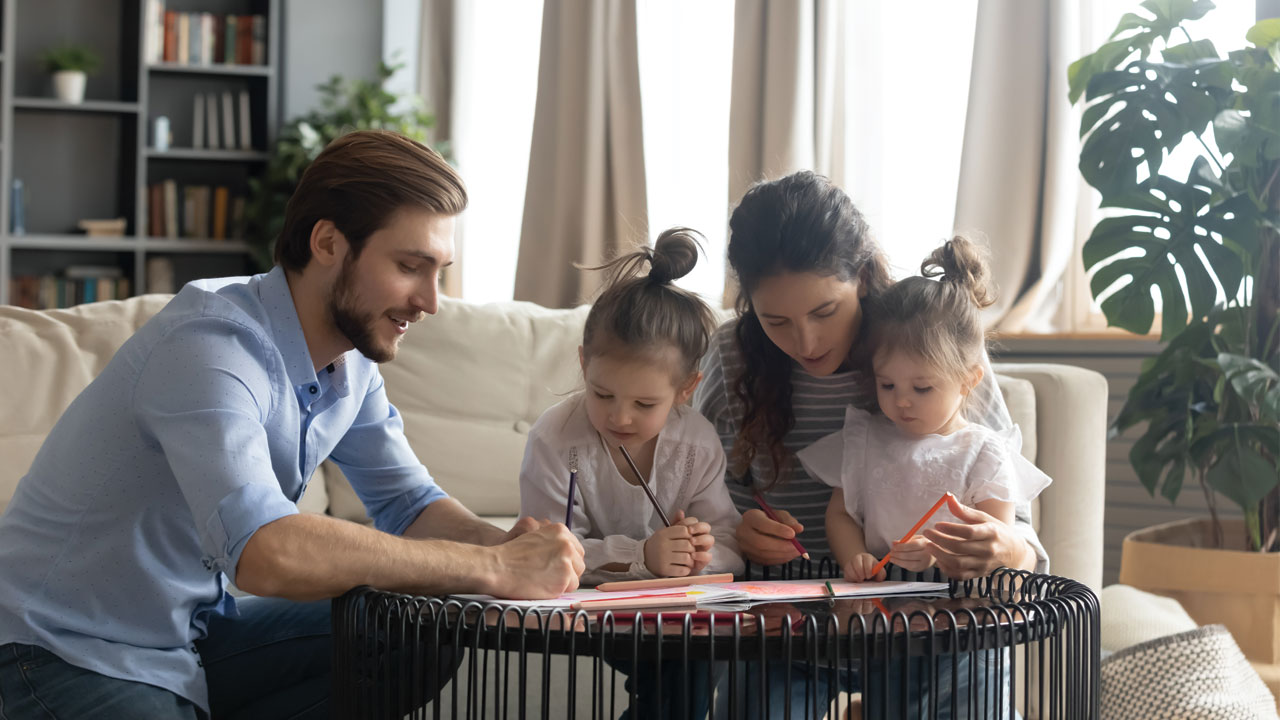
Home School Heroes
Supporting our children in the 'new normal'. By Bryony Duckitt, founder of YogaBeez Children's Yoga
2020 will forever be remembered as the year our collective normality changed. With little warning, day-to-day activities that we took for granted were no longer possible. Schools and businesses closed, travel ground to a halt and families found themselves locked in their homes around the clock. While the world grappled with the growing pandemic and economic uncertainty, the challenges of an unprecedented lockdown created a breeding ground for fear and anxiety. Being at home became an endless cycle of balancing chores with working remotely, developing new routines, and having no social interaction. And possibly one of the greatest challenges? The abrupt need for home schooling.
Suddenly all parents were in the same boat. Trying to teach Year 5 maths, researching exactly what an acrostic poem might be, desperately trying to recall long-forgotten grammar do’s and don’ts. Then came whipping out the baking soda to make volcanoes and being ready for 9am exercise classes. Most parents will agree that this new reality brought with it many wonderful moments of togetherness, but at the same time stress levels were elevated for parents and children alike. Sometimes it felt as if time was standing still; sometimes the days flew by — a curious rollercoaster of triumphs and failures.
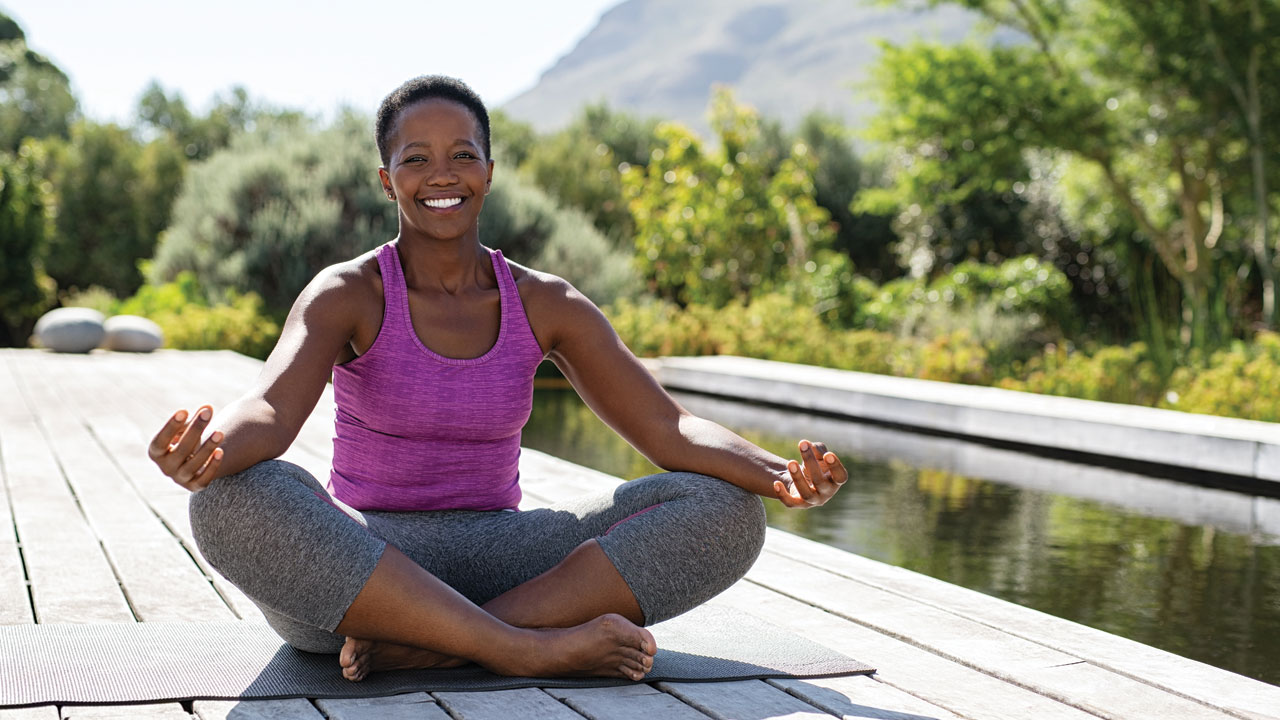
Don't ignore your pelvic floor
Maria Kondrashova, founder of Pommama, outlines the importance of pelvic floor exercises for mums-to-be
We’ve all heard something about the pelvic floor, about where it is, but never really paid any attention to its health. Unfortunately, most of us only realise the importance of pelvic floor exercise after experiencing incontinence, reduced sensation or uncontrolled passing wind. So lets draw attention to this part of the body, not only at pregnancy but at any other period of life.
Just in case you’re unsure, here are the basics. A woman's pelvic floor muscles support her womb, bladder, and bowel. The urine tube, the vagina, and the anus all pass through the pelvic floor muscles. If the muscles are weedy, these organs may lower down and not perform as they should. It’s been found that 30% of women can’t activate their pelvic floor correctly, hence putting themselves at risk of associated dysfunctions.
But first things first: you need to find out which muscles you need to train. It’s important to correctly identify your pelvic floor muscles before moving into a regular exercise programme. Squeeze muscles around your back passage as if you are trying to stop passing wind. Squeeze the muscle as if you are trying to stop a urine stream. Squeeze your vaginal muscle. Do you feel an internal lift? This is your pelvic floor working!
Common causes of a weakened pelvic floor may include pregnancy and childbirth — that’s why regular exercise is essential! You can do it anywhere: watching TV, washing dishes or chatting on the phone. No one would really notice what you are doing and just 10 minutes a day could make a huge difference.

Understanding abdominal separation
Diastasis Recti: what is it and how can we heal from it? By Sally Parkes BSc
Our abdominal core comprises several muscle groups: the deepest being the transverse abdominus and pelvic floor diaphragm; the next layer is the internal and external obliques, the latter adjoin to the rectus abdominus. We also have the more superficial (in anatomical terms meaning closer to the surface) layer of the pelvic floor to consider. Other important muscles include the gluteal muscles, psoas, quadratus lumborum and the multifidus muscle groups. This is because these skeletal muscle groups, when the core is healthy, should all work together to support the spine and pelvis as well as our internal organs. However, when a woman is postnatal, it is not unusual for there to be an imbalance of these groups, which can sometimes lead to a separation of the rectus abdominus muscle fibres in particular, known as a Diastasis Recti. Literally translated this means: Diastasis (separation), Recti (plural for rectus).
What actually is it?
An over-stretching of vertical line of fascia that sits in the centre of the rectus abdominus, the linea alba, leading the muscle fibres of the rectus abdominus being more separated than they once were. A 2.7cmwidth gap or wider is considered problematic by the medical industry although a smaller gap, say 2cm wide, can also create issues and lead to, for example, lower back pain and over-tight supporting muscle groups (as they tend to ‘pick up the slack’ for the weakness this gap can create). Please note though, that although this is considered a ‘gap’ it is only of the muscle tissue, and the layers of fascia still remain in place; they are simply more stretched than normal. So it is not as scary as it sounds!


